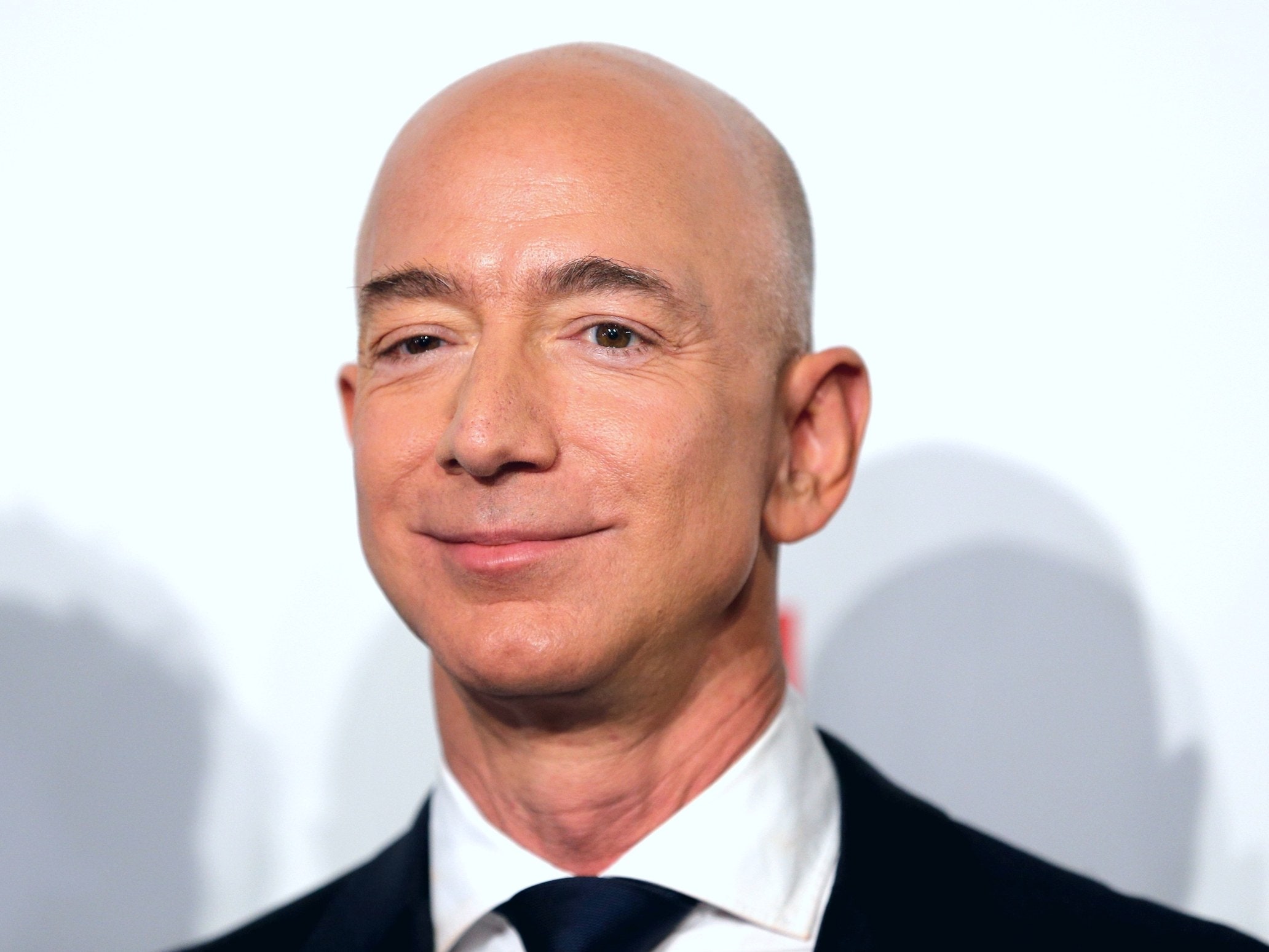Today’s largest e-commerce site, Amazon, is named after the largest river in the world. It has revolutionized the way people shop. You can buy anything on Amazon, from food to clothes, from medicines to gadgets, and from utensils and furniture to groceries.
Similar to how Rome was not created in a day, neither was Amazon. It took 25 years for Amazon to transform from an online bookshop to its current state. A
The venture started on July 5, 1994, when Jeff Bezos and his wife MacKenzie founded an online bookstore in Seattle. At the time, the city was known for being a computer hub, and Washington’s small population meant that most of their clientele would not require them to charge sales taxes. Bezos contributed $10,000 of his personal funds to the business. His early years were spent working at door-made desks in his garage with a tiny workforce.
When Amazon went public on May 15, 1997, it was valued at $300 million at $18 a share. Investors were informed by Amazon that the company aims to overcome fierce competition from Barnes & Noble, the world’s largest bookseller.
When it first started out, Amazon was only a small online bookshop with a mission to upend the conventional brick-and-mortar retail model. Bezos envisioned an online bookstore where consumers could easily browse and buy books, doing away with the need to visit actual stores. As soon as this idea gained traction, Amazon expanded the range of products it offered to include apparel, electronics, and other items.
The growth and expansion of Amazon as a Marketplace
Amazon began selling CDs and DVDs in June 1998 as part of its product expansion. The music section launched with 125,000 titles, which surpassed the regular physical stores, as it allowed shoppers to listen to song clips and view mood-matched recommendations.
The Amazon Marketplace is one of the company’s most creative ideas. When it was first introduced in 2000, it gave independent vendors access to Amazon’s marketplace for listing and selling goods. This action greatly increased Amazon’s product selection and produced a flourishing network of independent companies. Millions of vendors from around the globe are present in the Marketplace today, adding to Amazon’s enormous product selection.
With the goal of offering 400 clothing brands in its online store, Amazon announced in November 2002 that it was partnering with many big clothing firms. Slowly, yet steadily, Amazon had expanded well beyond books. (with clothes, electronic gadgets, toys, etc.)
Entering the Chinese market in 2004, Amazon paid $75 million to acquire Joyo, the biggest online retailer of gadgets and books in the developing nation. Joyo as rebranded as Amazon China. However, fierce competition from Alibaba prevented it from surviving.
Amazon Prime: A revolutionary shopping experience
Amazon launched its subscription service, Amazon Prime, in 2005, offering free two-day shipping and streaming media to its customers. By providing consumers with unmatched convenience, Prime transformed the e-commerce scene. In terms of delivery times and customer support, it not only helped Amazon grow faster but also raised standards for the whole retail sector.
Amazon is powering the digital world.
Although its primary business was e-commerce, Amazon also delved into cloud computing when it introduced Amazon Web Services (AWS) in 2006. With the vast array of cloud-based services that AWS offers, organizations can grow and innovate rapidly without having to make significant infrastructural investments. Serving both large corporations and start-ups, AWS has grown to be an essential part of the internet.
How does the e-commerce giant shape the global economy?
Overtaking the world of e-commerce: One of the biggest online marketplaces in the world, Amazon links millions of vendors with hundreds of millions of buyers. Its supremacy in the e-commerce arena is unmatched. Amazon has become the preferred online shopping destination in numerous nations due to its user-friendly design, extensive product range, and dependable shipping services, which have established a new benchmark for e-commerce
Creating vast employment opportunities: With a sizable staff in the US and abroad, Amazon is a significant employer. It offers employment opportunities in technology, customer service, content creation, and warehousing and logistics. The local and regional economies are greatly impacted by its presence in different communities.
Provides a platform for e-commerce selling: Amazon’s Marketplace promotes entrepreneurship and the expansion of small businesses by giving independent sellers access to a worldwide consumer base. With Amazon’s platform, a lot of small and medium-sized businesses are able to sell their goods and reach a much wider audience than they could have with traditional brick-and-mortar stores.
AWS, powering the digital world: In terms of technological innovation, Amazon is leading the way. Automation, cloud computing (Amazon Web Services, or AWS), machine learning, and artificial intelligence have all seen large investments from it. These inventions not only support Amazon’s business activities but also have wider uses in a variety of sectors.
One of the top players in the cloud computing space is Amazon Web Services (AWS). It offers the services and infrastructure needed to power a huge number of websites, apps, and companies all around the world. Because so many businesses depend on AWS for their computing requirements, it is an essential component of the global digital infrastructure.
Content Creation and Other Media Services: In the entertainment sector, Amazon Studios and Prime Video have achieved great success. In addition to drawing in subscribers, Amazon creates and releases unique material, such as TV shows and movies, that can compete with established media outlets.
Investing in Sustainable Choices: Amazon has pledged to be environmentally conscious and sustainable. Its programs include waste reduction, electric delivery trucks, and renewable energy projects. These expenditures support international initiatives to combat climate change.
Amazon’s purposeful and well-planned transition from books to e-commerce leveraged the skills and advantages it had built up over the course of its early years. In addition to increasing the range of products that Amazon offered, this diversification paved the way for its growth into a number of other industries, including cloud computing (Amazon Web Services), entertainment (Amazon Prime Video), hardware (Kindle, Echo), and many more. It proved the company’s flexibility and dedication to innovation, which helped to mould it into the international tech behemoth that it is today. With a 10.73% yearly rise, Amazon’s revenue for the 12 months ended June 30, 2023, was $538.046 billion. Amazon’s 2022 revenue was $513.983 billion, a 9.4% increase over 2021. Amazon saw a 21.7% gain in sales from 2020 to $469.822 billion in 2021.
Looking back, the incredible potential that can emerge from modest beginnings when driven by a visionary leader and a dedication to excellence is illustrated by Amazon’s path from a garage-based start-up to a multinational tech juggernaut. The beginning of a revolutionary firm that would change how people interact with technology and commerce is symbolized by Jeff Bezos’ garage.





